Sign in to Your Account
Huawei Mate 40
Huawei Mate 40 Overview
Huawei Mate 40 Price in Nepal, Deals & Specifications
The phone was launched on 2020, October 22, with a price of around About 630 EUR in Nepal. It runs on Android 10, featuring a 6.5 inches touchscreen display, and has 128GB 8GB RAM, 256GB 8GB RAM. Phone is powered by a Li-Po 4200 mAh, non-removable battery, the device ensures ...
Display and Design
The phone sports a 6.5 inches, 102.7 cm2 (~89.3% screen-to-body ratio) touchscreen display with a resolution of 1080 x 2376 pixels (~402 ppi density). With a OLED, HDR10, 90Hz screen, this device offers a smooth visual experience, available in color variants like Silver, White, Black, Green, Yellow.
Performance, Storage, and Battery
The phone runs Android 10, EMUI 11, no Google Play Services, featuring N/A and powered by a Kirin 9000E 5G (5 nm), Octa-core (1x3.13 GHz Cortex-A77 & 3x2.54 GHz Cortex-A77 & 4x2.05 GHz Cortex-A55). Equipped with 128GB 8GB RAM, 256GB 8GB RAM and internal storage, the phone weighs 188 g (Glass) / 184 g (Leather) (6.49 oz) and measures 158.6 x 72.5 x 8.8 mm (Glass) / 9.2mm (Leather). It also houses a robust Li-Po 4200 mAh, non-removable battery for extensive usage.
Camera
The rear camera setup includes a 50 MP, f/1.9, 23mm (wide), 1/1.28", 1.22µm, multi-directional PDAF 8 MP, f/2.4, 85mm (telephoto), PDAF, OIS, 3x optical zoom 16 MP, f/2.2, 17mm (ultrawide) and It supports 4K@30/60fps, 1080p@30/60/120/240fps, 1080p@960fps, gyro-EIS video recording. For selfies, the device includes a 13 MP, f/2.4, 18mm (ultrawide) front camera, also supporting 4K@30/60fps, 1080p@30/60/240fps video recording.
Huawei Mate 40 Connectivity and Sensors
The Huawei Mate 40 offers connectivity options like 3G, 4G, 5G, Wi-Fi, GPS, Bluetooth 5.2, A2DP, LE, USB with USB Type-C 3.1, OTG, and HSPA, LTE, 5G. It supports Single SIM (Nano-SIM) or Hybrid Dual SIM (Nano-SIM, dual stand-by) and includes sensors like Fingerprint (under display, optical), accelerometer, gyro, proximity, compass, color spectrum.
More from Huawei
Huawei Mate 40 Full Specifications
| Announced | 2020, October 22 |
| Status | Available. Released 2020, December 21 |
| Colors | Silver, White, Black, Green, Yellow |
| Price | About 630 EUR |
| Models | OCE-AN10 |
| Technology | GSM / HSPA / LTE / 5G |
| 2G | GSM 850 / 900 / 1800 / 1900 - SIM 1 & SIM 2 (dual-SIM model only) |
| 3G | HSDPA 800 / 850 / 900 / 1700(AWS) / 1900 / 2100 |
| 4G | 1, 2, 3, 4, 5, 6, 7, 8, 9, 12, 17, 18, 19, 20, 26, 34, 38, 39, 40, 41 |
| 5G | 1, 3, 28, 38, 40, 41, 77, 78, 79, 80, 84 SA/NSA/Sub6 |
| Speed | HSPA, LTE, 5G |
| Dimensions | 158.6 x 72.5 x 8.8 mm (Glass) / 9.2mm (Leather) |
| Weight | 188 g (Glass) / 184 g (Leather) (6.49 oz) |
| Build | Glass front, glass back or eco leather back, aluminum frame |
| SIM | Single SIM (Nano-SIM) or Hybrid Dual SIM (Nano-SIM, dual stand-by) |
| Type | OLED, HDR10, 90Hz |
| Size | 6.5 inches, 102.7 cm2 (~89.3% screen-to-body ratio) |
| Resolution | 1080 x 2376 pixels (~402 ppi density) |
| OS | Android 10, EMUI 11, no Google Play Services |
| Chipset | Kirin 9000E 5G (5 nm) |
| CPU | Octa-core (1x3.13 GHz Cortex-A77 & 3x2.54 GHz Cortex-A77 & 4x2.05 GHz Cortex-A55) |
| GPU | Mali-G78 MP22 |
| Card Slot | NM (Nano Memory), up to 256GB (uses shared SIM slot) |
| Variants | 128GB 8GB RAM, 256GB 8GB RAM |
| Primary | 50 MP, f/1.9, 23mm (wide), 1/1.28", 1.22µm, multi-directional PDAF 8 MP, f/2.4, 85mm (telephoto), PDAF, OIS, 3x optical zoom 16 MP, f/2.2, 17mm (ultrawide) |
| Features | HDR, panorama |
| Primary Video | 4K@30/60fps, 1080p@30/60/120/240fps, 1080p@960fps, gyro-EIS |
| Secondary | 13 MP, f/2.4, 18mm (ultrawide) |
| Secondary Video | 4K@30/60fps, 1080p@30/60/240fps |
| Loudspeaker | Yes |
| 3.5mm Jack | Yes |
| WIFI | Wi-Fi 802.11 a/b/g/n/ac/6, dual-band, Wi-Fi Direct |
| Bluetooth | 5.2, A2DP, LE |
| Navigation | GPS (L1+L5), GLONASS (L1), BDS (B1I+B1c+B2a+B2b), GALILEO (E1+E5a+E5b), QZSS (L1+L5), NavIC |
| NFC | Yes |
| USB | USB Type-C 3.1, OTG |
| Infrared port | Yes |
| Radio | No |
| Sensors | Fingerprint (under display, optical), accelerometer, gyro, proximity, compass, color spectrum |
| Type | Li-Po 4200 mAh, non-removable |
| Charging | 40W wired 40W wireless 5W reverse wired |
Reviews
There are no reviews yet.
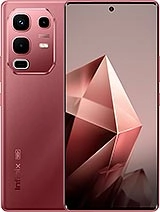



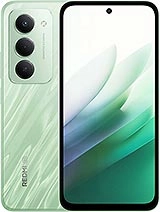

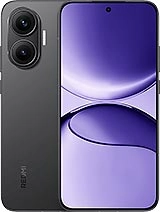
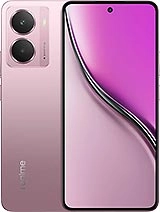











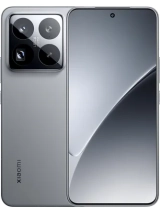
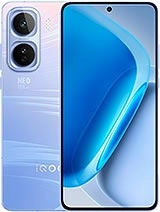

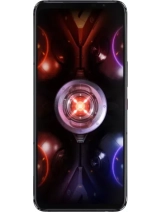
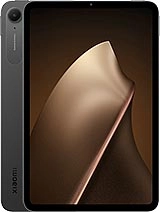





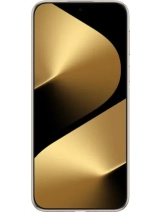 Huawei Mate 70 Air
Huawei Mate 70 Air
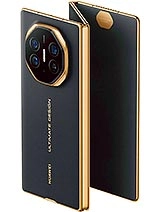 Huawei Mate XTs Ultimate
Huawei Mate XTs Ultimate
 Huawei Watch Ultimate 2
Huawei Watch Ultimate 2
 Huawei nova 14i
Huawei nova 14i
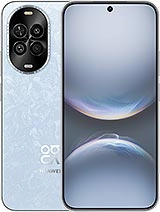 Huawei nova 14 Lite
Huawei nova 14 Lite
 Huawei nova Flip S
Huawei nova Flip S